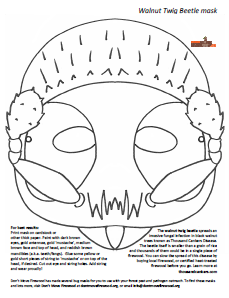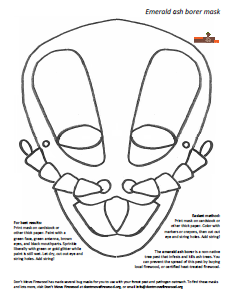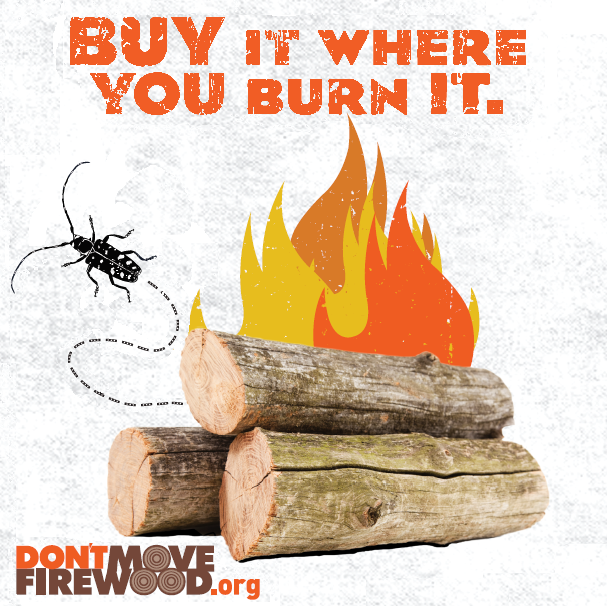This blog was originally posted on the Massachusetts Introduced Pests Outreach Blog on March 7th 2017.
Though it’s cold outside now, the spring camping season is rapidly approaching! While many campers like to bring their own firewood to campsites, the invasive wood-boring insects Asian longhorned beetle (ALB) and emerald ash borer make frequent use of firewood to transport themselves to new infestation sites. Worcester has already lost 36,000 trees to date due to the ALB, so the economic and environmental risk these invasive pests pose to the rest of New England’s hardwood forests is immense.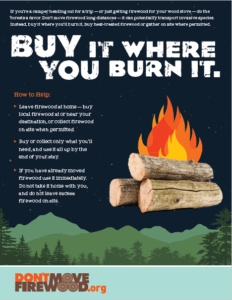
In order to help spread awareness of these pests and the risk they pose, we offer a variety of free outreach materials, including ID cards, pamphlets, and laminated posters suitable for display outdoors. We (staff at Massachusetts Department of Agricultural Resources) also offer “Don’t Move Firewood” material that encourages campers to buy their own firewood at campsites. You can order your free materials using this Google Docs form.
Campers should be aware of the risks involved in moving firewood, even to nearby towns. It is a good idea to be aware of where at each campground you can purchase firewood.
If you want to update your campground’s website with information pertaining to invasive forest, here is some suggested wording:
Bringing firewood from home when you go camping could put your favorite campsite in danger. Tree-killing insects and diseases can hitchhike in firewood and use it to spread to new areas. Instead of bringing firewood with you when you go camping, buy firewood from a location close to where you camp.
For more information, see:
- Don’t Move Firewood’s Frequently Asked Questions page
- Massachusetts Introduced Pests Outreach Project
- Asian longhorned beetle USDA APHIS information
It is the responsibility of all Massachusetts citizens and visitors to make sure we are preserving our natural resources, and being aware of these invasive insects and how to combat their spread is part of that.
You might be interested in:




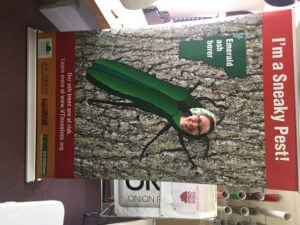
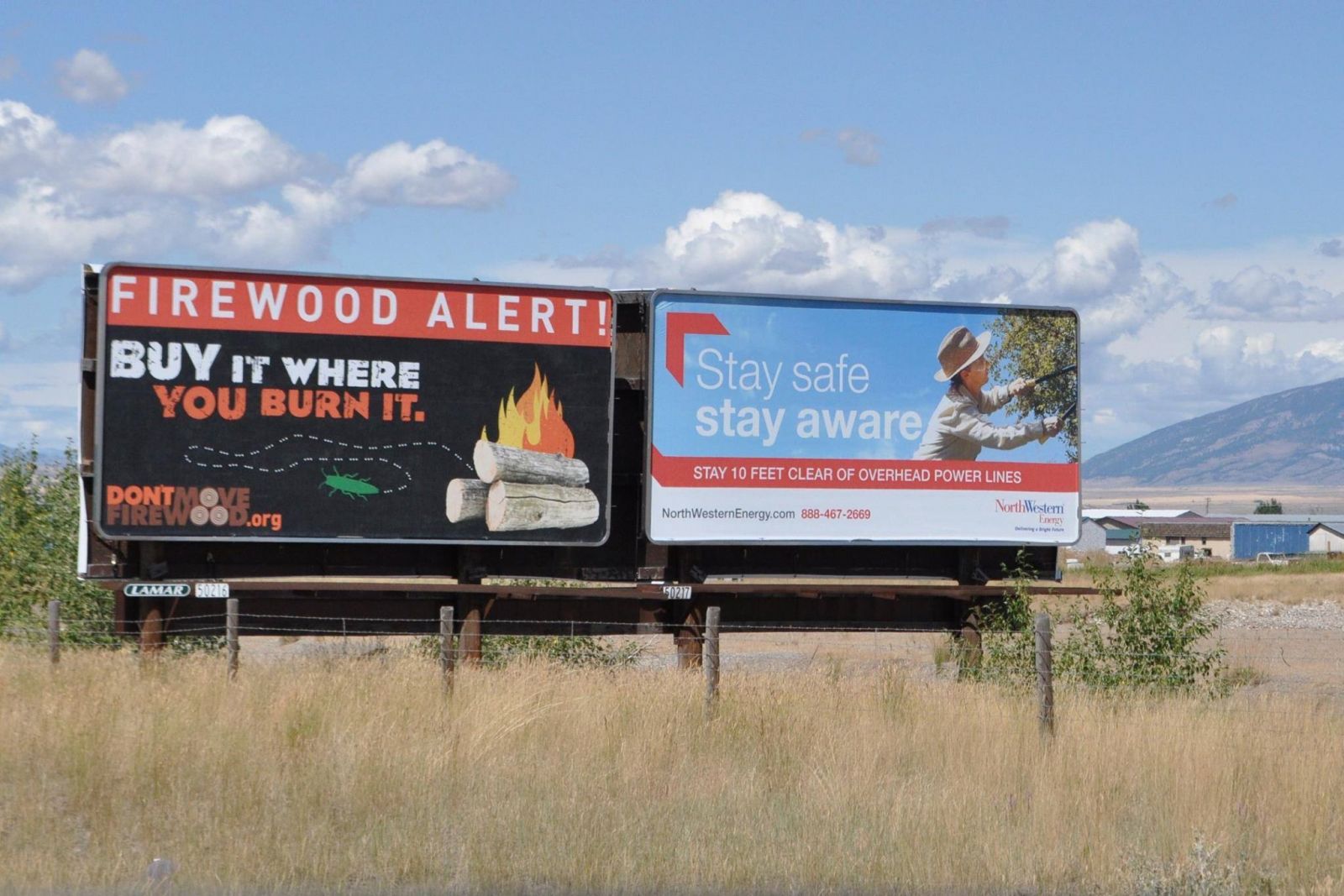
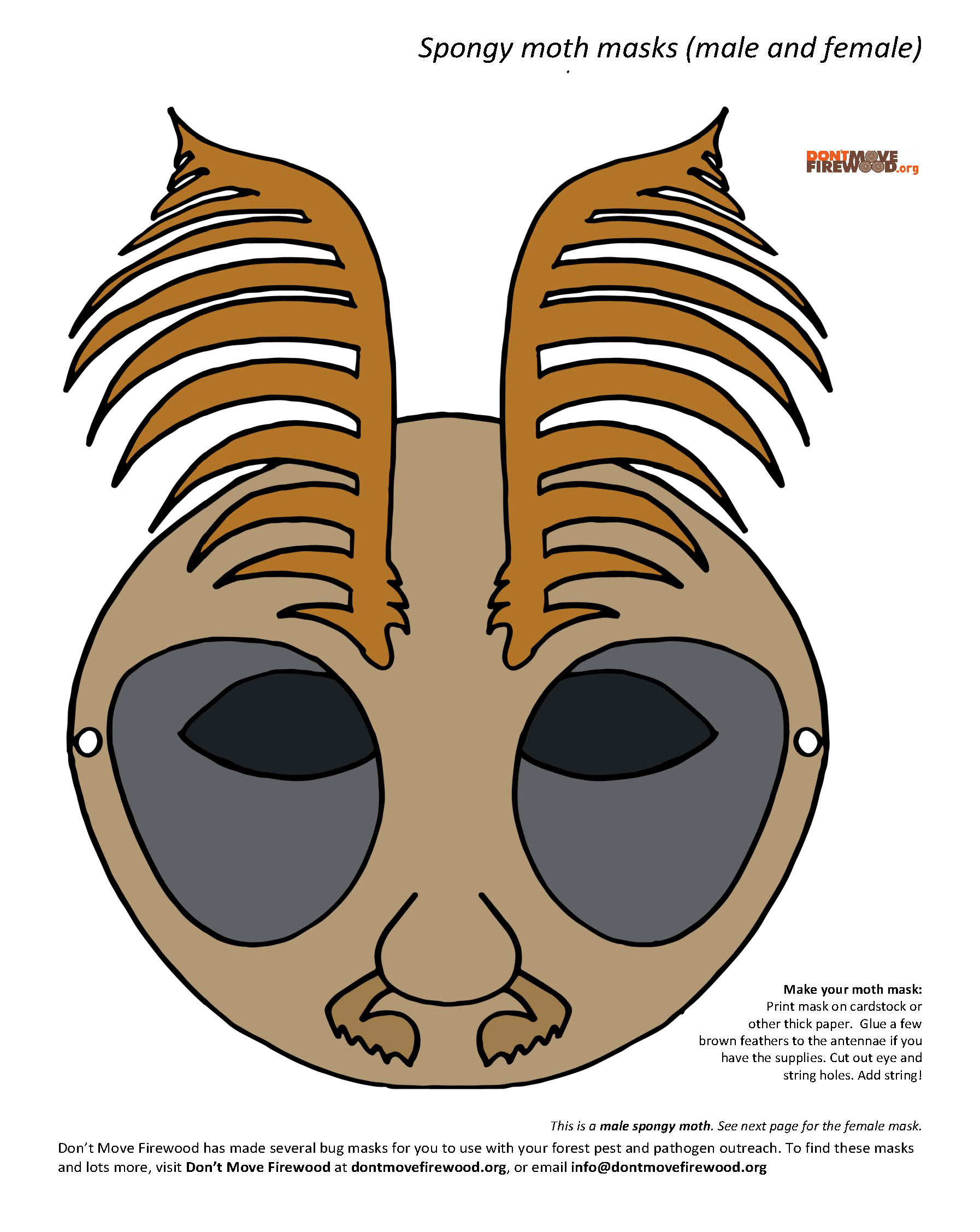
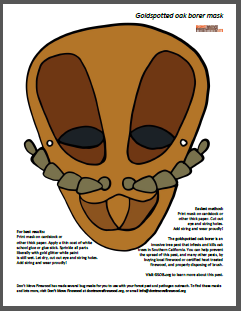
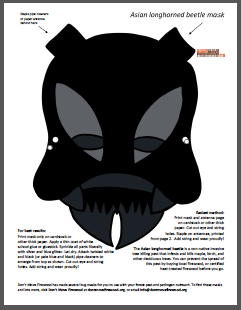
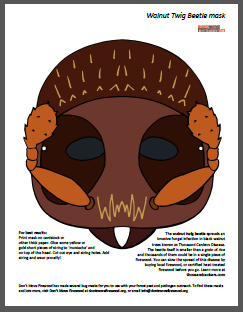
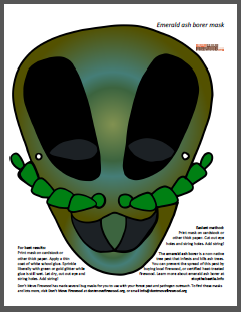
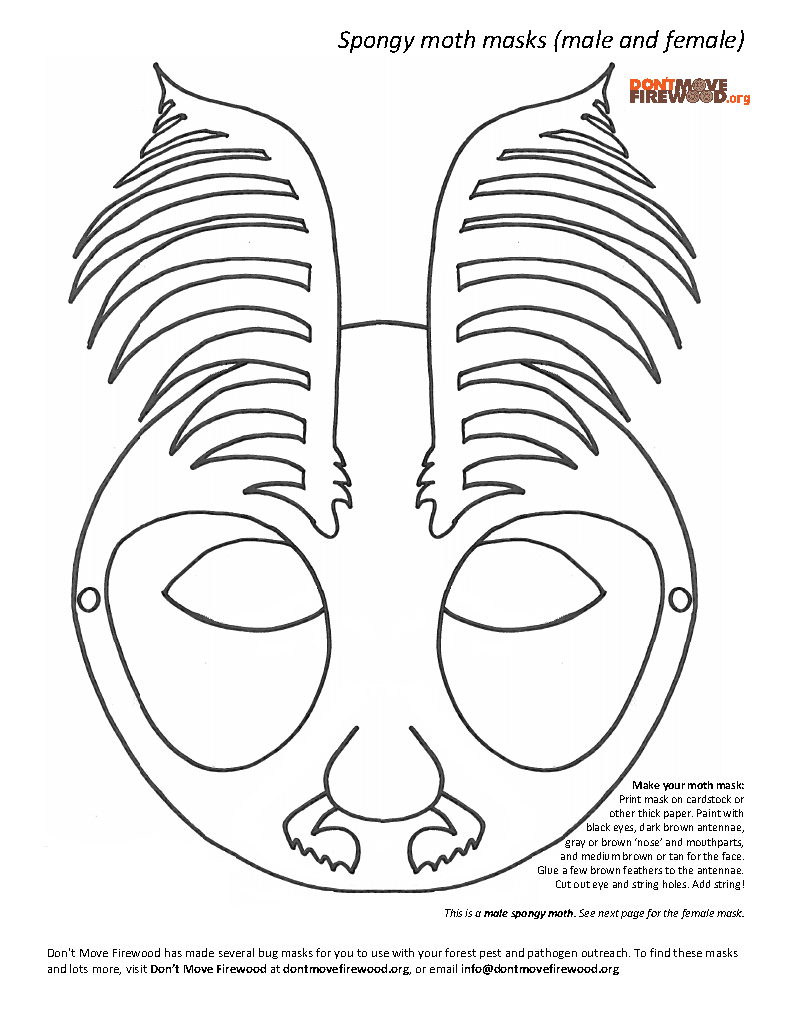
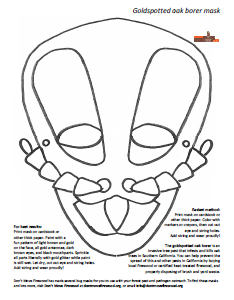
.png)
